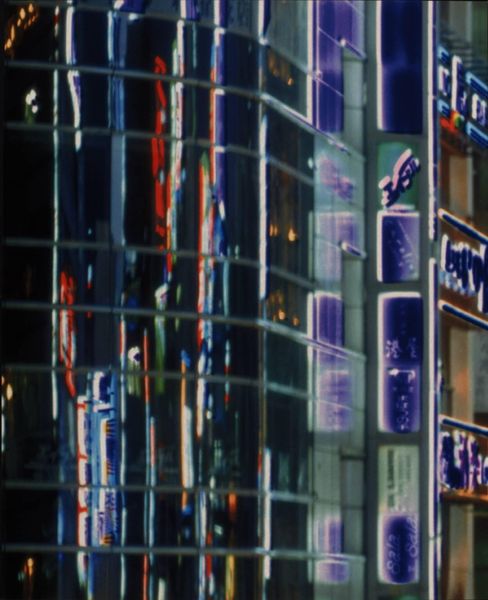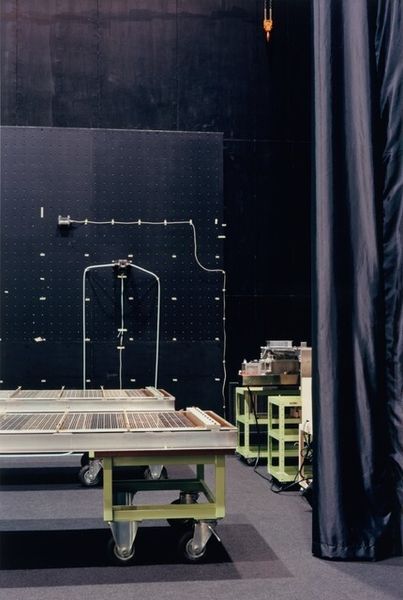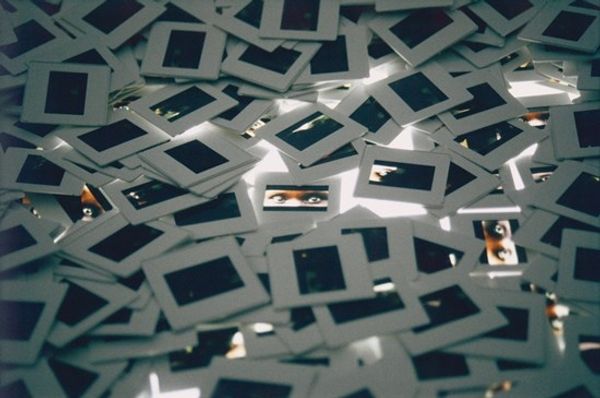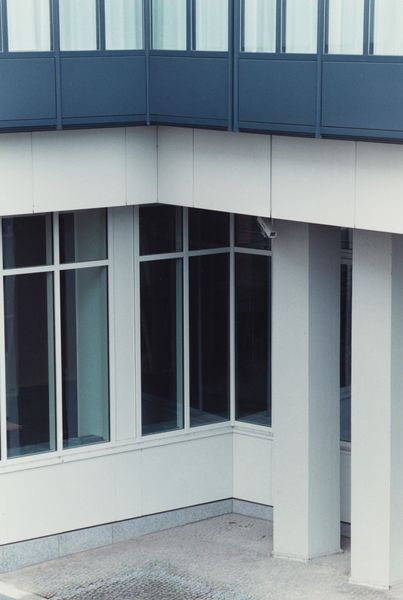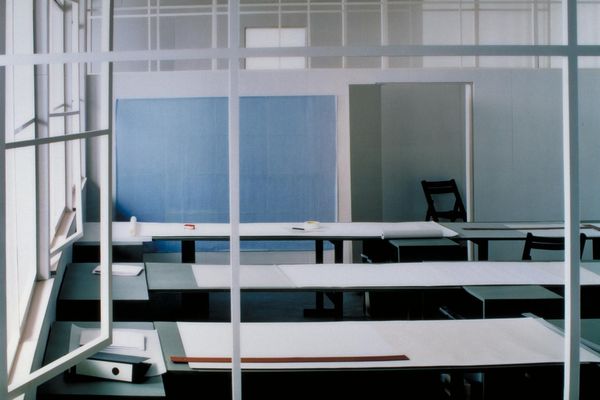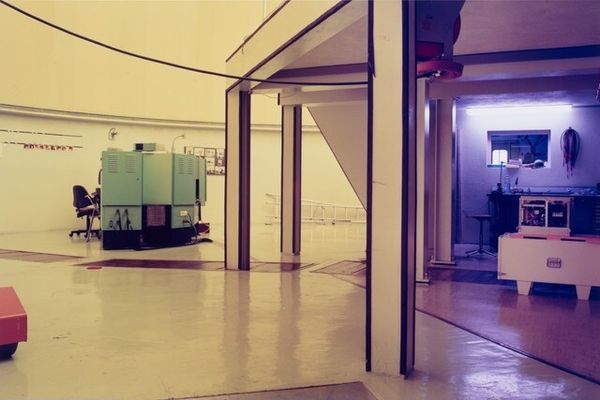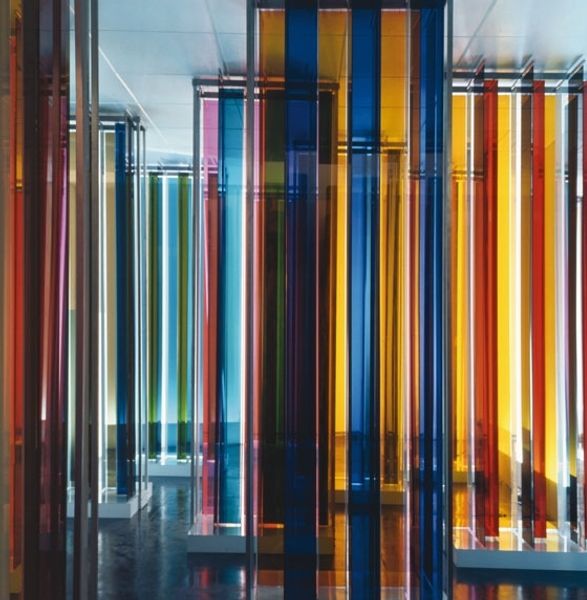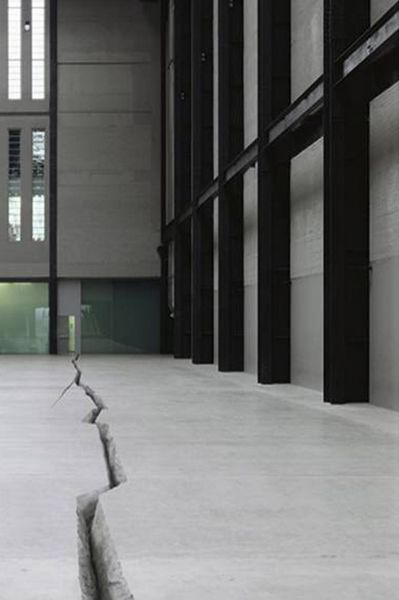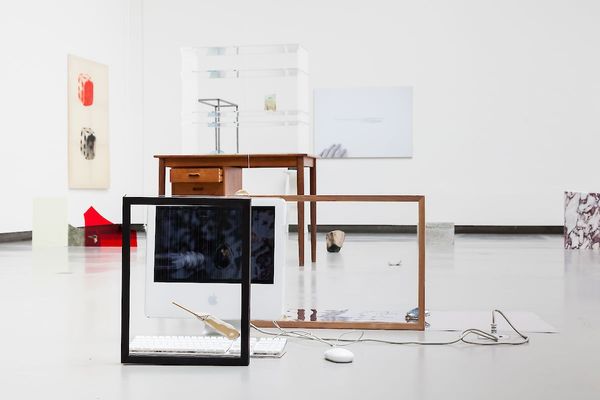
Surveillance camera, Matra Transport, France Possibly 1989 - 2006
0:00
0:00
#
cyberpunk
#
urban
#
digital architecture
#
derelict
#
industrial
#
industrial style
#
technology juxtaposition
#
architecture model
#
3d art
#
mechanical engineering model
Dimensions: image: 26.4 × 17.7 cm (10 3/8 × 6 15/16 in.) sheet: 35.4 × 28 cm (13 15/16 × 11 in.)
Copyright: National Gallery of Art: CC0 1.0
Editor: Here we have Lewis Baltz's "Surveillance camera, Matra Transport, France," created sometime between 1989 and 2006. It’s a photograph of what appears to be a surveillance camera amid some kind of industrial or technological setup. There’s something stark and almost unsettling about it... What's your interpretation of this piece? Curator: This image, with its seemingly banal subject matter, invites us to consider the increasing presence of surveillance in our lives, especially in urban and industrial spaces. Baltz, working during a period of rapid technological advancement, captures the rise of a society under constant watch. How do you see the interplay of power and control reflected in this composition? Editor: Well, the camera is obviously the focal point, but it feels vulnerable, almost exposed, surrounded by all these wires and equipment. Curator: Precisely. The vulnerability you perceive can be read as a commentary on the illusion of security that technology provides. Consider the historical context. The late 20th and early 21st centuries witnessed a surge in surveillance technologies justified by narratives of safety and order. What social anxieties do you think might have fueled this technological expansion, and how does Baltz's photograph engage with these anxieties? Editor: Perhaps fears surrounding crime or social unrest? This image seems to suggest that constant surveillance isn't necessarily empowering or reassuring; it can feel invasive and dehumanizing. Curator: Exactly! Baltz avoids explicitly judging, but he presents the visual evidence, prompting us to question the societal trade-offs we’ve made in the name of security. He understood the gaze isn’t neutral. What do you think that the architectural background adds to that unsettling mood you mentioned? Editor: The architecture feels cold, impersonal, almost sterile. It reinforces the idea of a controlled environment. It’s less about specific architecture, and more about the general idea of oppressive modernity. I appreciate how the historical context informs this artwork! Curator: Indeed, and by examining art through such critical lenses, we can unpack not only aesthetic value, but also reveal deep-seated social narratives and power dynamics. Editor: I'm starting to see how a simple image can unpack larger discussions on societal control and technology. Curator: Absolutely, and I'm glad we've unearthed a deeper understanding together.
Comments
No comments
Be the first to comment and join the conversation on the ultimate creative platform.

